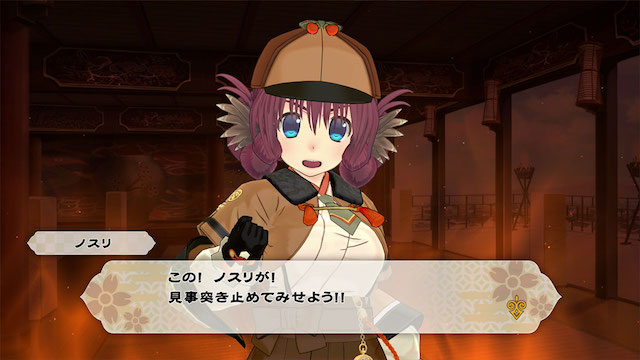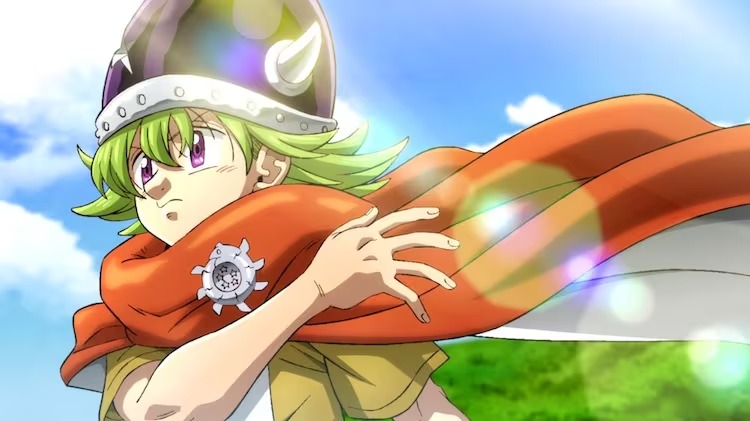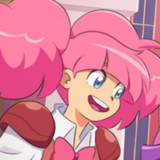#Fanfare of Adolescence Fails to Find its Footing

Table of Contents
“Fanfare of Adolescence Fails to Find its Footing”
Season aired: Spring 2022
Number of episodes: 13
Watched on: Crunchyroll
Translated by: ?
Genres: Sports, Drama
Thoughts: As someone who rarely likes sports anime, I’m not the type of person who would pick up Fanfare of Adolescence. However, as someone who loves animals, seeing an anime about jockeying with the potential focus on horses was just too much for me to skip over.
Fanfare of Adolescence is the story of Yu Arimura, an idol from a successful idol group, who quits abruptly and announces that he is going to become a professional jockey instead. He meets a class of quirky people, and he fights for the right to pursue his passion while fans and everyone else around him wants him to return to his old idol group. His life is changed after meeting Shun Kazanami, a boy from an isolated island who possesses a special power to communicate with horses.
This anime became more drama-based than sports-based despite the initial premise. Half of the series focuses on Yu, whose departure from the idol industry is met with backlash, and the rest of the series mostly focuses on Shun Kazanami. However, this split doesn’t allow the two characters to mold well with the rest of the characters. The anime clearly wanted to flesh out and provide three dimensionality to all its cast, but the entire series can sometimes feel haphazardly put together when the supporting characters’ arcs speed through and don’t mesh well with the two main characters.

This is unfortunate, because as a whole, the series has elements that many anime don’t touch upon. This is my first time seeing a professional and successful athlete take prescription pills on screen. He not only explains his injury but even asserts he needs to take medication for the rest of his life without shame. Yu’s entire arc is centered on the abusive and controlling nature of the idol industry — despite seemingly agreeing to his transition to train as a jockey, his manager worked behind the scenes to manipulate him to quit and return to idol work. One of the supporting characters struggles through an eating disorder, something that’s already rarely covered in stories, much less in boys. The notable girl character finds herself constantly on camera and makes a show of herself to distinguish herself from the “only girl” title in a sport that is dominated by men.
Since the anime is more about the drama than the sports, the characters’ arcs needed to be impactful, but aside from Yu and Aki, the rest do not hit the mark. The eating disorder conflict was resolved in only two episodes, which was more interrupted than fully resolved. One of the characters didn’t get fleshed out until the second-to-last episode. Another one didn’t even get an arc. Even Shun, the second protagonist, barely managed to squeak by where the final episode managed to snatch a resolution for his character.
What I will give credit for is the anime’s lack of queer baiting that I have grown accustomed to in anime. Shun and Yu meet when Yu falls off the horse, and Shun princess-catches him amongst a swirl of cherry blossoms and shoujo bubbles. Despite the other female characters in the story, the anime committed to Shun and Yu’s relationship. It quite literally ends with the two promising to always be together while caressing each other’s faces and using the intimate forehead touches made famous by Yuri on Ice.

I suspect that the creators thought they could do more than what the team could pull off. In the first episode, Fanfare of Adolescence created a unique animation experience by shifting from the third person to first person point of view. As Yu got lost and wandered around, we see the city through his eyes. We admire the views, we feel his breath in our ears like our own, and we marvel at a back entrance that cuts off into two beautiful yet different paths. They also used the first person point of view when Yu rode a horse for the first time, and the audience experienced the exhilaration of riding a horse with the wind blowing against their skin. The series felt special in that moment, but that powerful animation shift didn’t happen again after the first episode.
The actual horse riding animation is done through CG, but it is not bad CG. The horse movements are smooth, and, aside from the manes looking chunky, it does genuinely blend in with the 2D animation. If anything, the 2D animation and art is what’s lacking with the episodes oscillating between gorgeous shots with purposeful lighting and symbolism to plain colored stocky movements with flat character faces.
The voice acting also felt unnatural. Natsuki Hanae stands out like a sore thumb as he voices a character who’s half-English and speaks fluent English, but Natsuki Hanae simply doesn’t. It’s made more awkward when part of the character’s introduction includes him “fixing” the instructor’s pronunciation of English words… except that they pronounced the words exactly the same way. His dialogue sprinkled in with random English slang and phrases just made it worse to the point I didn’t even want to hear him anymore. I rarely dislike an entire cast’s performance, but no one stood out in a good way at all. They were fine at best, and at worst, they were cringeworthy.

The only technical aspect of the series that performed above and beyond was the soundtrack. Known for composing for science-fiction anime, Sawano Hiroyuki proves he’s not boxed into a genre. The racing scores pump me up even without the anime, and the sad scenes make me emotional when I listen to them with my eyes closed.
However, the beautiful soundtrack and important story elements aren’t enough without proper execution. Fanfare of Adolescence could’ve been an incredible story. They just needed to fix the animation, weave the separate storylines together better, get a fluent English speaker to voice the fluent English-speaking character, and actually discuss a little more about the sport of jockeying. Then, the series would’ve accomplished what it originally set out to do.
Rating
Plot: 6 (Multiplier 3.5)
Characters: 6 (Multiplier 3.5)
Voice acting: 5
Art/Animation: 6
Soundtrack: 8
FINAL SCORE: 61
If you liked the article, do not forget to share it with your friends. Follow us on Google News too, click on the star and choose us from your favorites.
For forums sites go to Forum.BuradaBiliyorum.Com
If you want to read more anime-manga articles, you can visit our anime-manga category.



